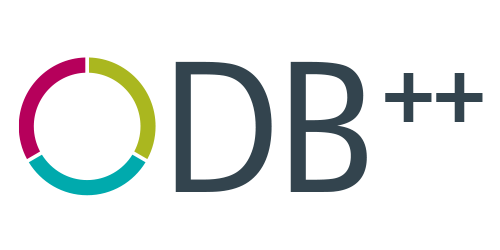The Use of Attributes within ODB++ Design
Whether one refers to data involved in the NPI release of a design as legacy CAM, an industry standard, a product model or a digital twin, the objectives are all similar. The desired outcome of each method is the...
Read moreWhen traveling in New York, New York
Designed Connectivity If while traveling on the subway in New York City, one paused to consider how complex such a system is, one’s mind could not fully appreciate all the accomplishments that needed to take place in unison to...
Read moreThe advantages of simulation with ODB++M
Why simulate electronics production? Over the last year like many of us, I have missed the physical visits to our customers, meeting suppliers and partners face to face. Many of us have not been able to get close to...
Read moreODB++Design: newest version available and compatible with all version 8 releases
The release of ODB++Design (ODB++D) version 8.1 update 3 represents the eleventh release since the initial release of v8.0. Unlike many other formats used to transfer the PCB digital twin from design into manufacturing, a pillar of the ODB++D...
Read moreWhat is the difference between a shape, a trace and a pad?
It could be argued that the human body is the most complex machine ever known. After all, there are parts so complex that we are still trying to determine how all the pieces work together. The truly amazing part...
Read moreClosing the Loop with ODB++M
We are all familiar with automatically collecting data from equipment on the manufacturing shop floor. Data collection has rapidly expanded in the last two decades. The advances in software and hardware, and the demand to collect more data has...
Read moreExpanding the Market, Expanding the Format
This is a very exciting time for those of us responsible for the stewardship of the ODB++ format. Twenty five years ago Valor Computerized Systems introduced a database format that became the most widely used intelligent data exchange format...
Read moreODB++Process’ role in constantly-changing manufacturing conditions
These are certainly strange times that we live in and one has to wonder what the new normal will be. What we do know that as the world battles the COVID-19 pandemic the global economy will experience a fragmented...
Read moreODB++Manufacturing: behind the new name
So the news is out, the Open Manufacturing Language (OML) is changing name! Yes it is true. The new name for the Open Manufacturing Language (OML) is now officially “ODB++Manufacturing” or “ODB++M” for short. Like an old friend, many...
Read moreThe Evolution of ODB++Design
In 1980 an open ASCII vector format with the purpose of controlling numerically controlled equipment for the creation of photo-plotting film was first published. The format’s basis was established in the 60’s as a subset of an existing EIA...
Read more
